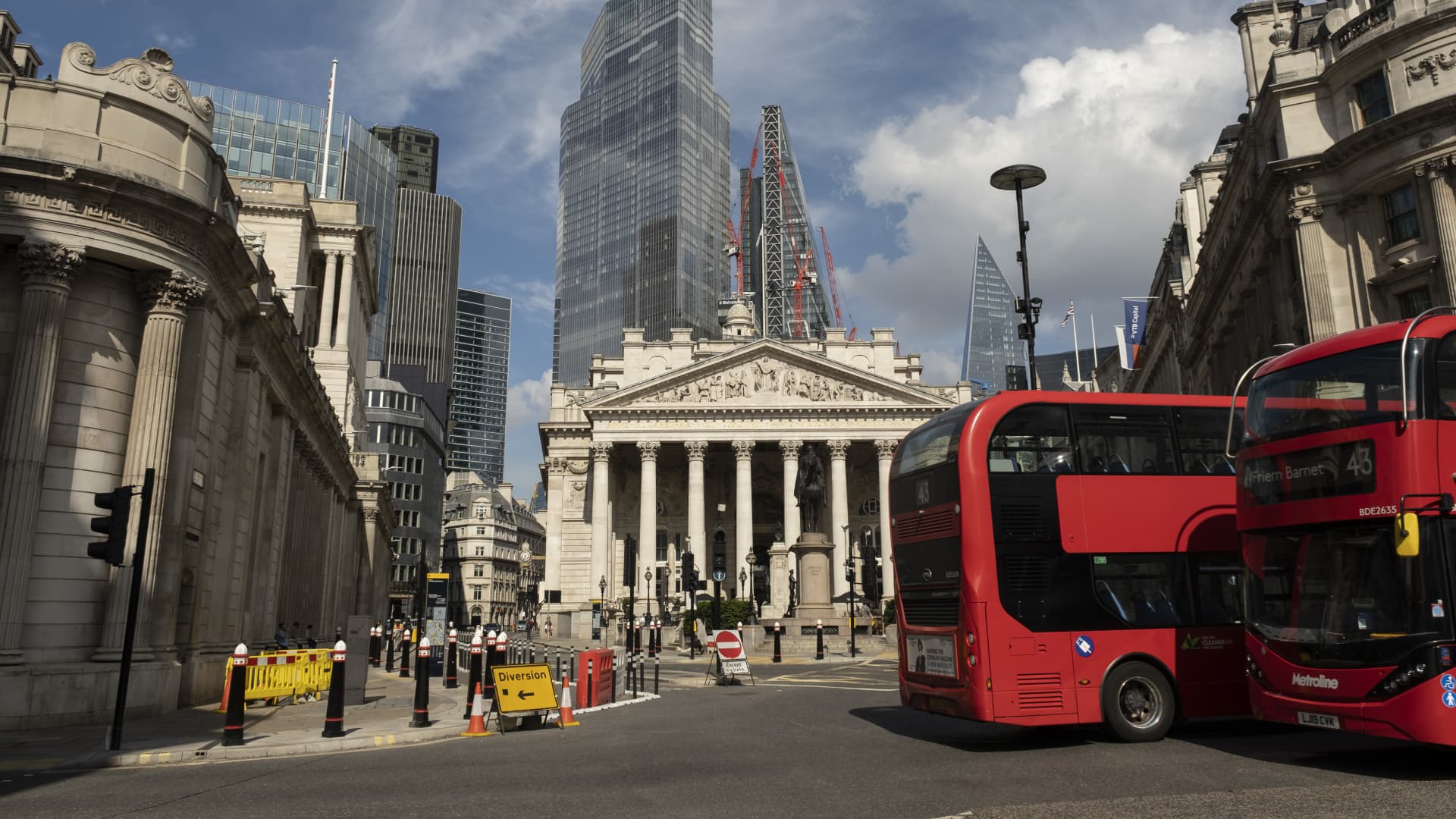U.S. Consumer Confidence Takes a Hit: Understanding the Decline
For the second consecutive month, U.S. consumer confidence has taken a hit, stirring concerns over the economic landscape and consumer sentiment. The decline, measured by key indices, prompts a deeper investigation into the underlying factors driving this trend. As experts sift through the data, they reveal a complex interplay of economic conditions, consumer behaviors, and external influences shaping the current climate.
What Contributes to the Decline in Consumer Confidence?
Consumer confidence is a vital indicator of economic health. It reflects how optimistic or pessimistic consumers are regarding their financial situation and the broader economy. A drop in consumer confidence can signal reduced spending, which may slow economic growth. So, what’s behind this recent dip?
1. Economic Uncertainty
One of the primary drivers of declining consumer confidence is economic uncertainty. Various factors contribute to this uncertainty:
- Inflationary Pressures: Rising prices continue to affect the affordability of everyday goods and services. Even as inflation rates have shown some signs of stabilizing, many consumers still feel the pinch at the grocery store and gas pump.
- Interest Rate Hikes: The Federal Reserve’s decision to raise interest rates to combat inflation has created a mixed bag of reactions. While higher rates can help stabilize prices, they also increase borrowing costs, making mortgages and loans more expensive for consumers.
- Job Market Fluctuations: Although the job market remains relatively strong, certain sectors are experiencing layoffs and hiring freezes. This unpredictability makes consumers wary about their job security and future income.
2. Geopolitical Tensions
Global events also play a significant role in shaping consumer sentiment. Ongoing geopolitical tensions, including trade disputes and conflicts, can lead to increased uncertainty. Consumers often respond to negative news with caution, affecting their spending habits.
3. Consumer Debt Levels
Another factor contributing to the decline in consumer confidence is the rising level of consumer debt. As credit card balances and personal loans grow, consumers may feel more constrained in their spending. High debt levels can lead to anxiety about financial stability, causing individuals to cut back on non-essential purchases.
The Implications of Decreased Consumer Confidence
The decline in consumer confidence doesn’t just impact individual spending; it has broader implications for the economy. Here’s what experts are watching closely:
1. Slowdown in Consumer Spending
Consumer spending drives a significant portion of the U.S. economy. A decline in confidence often leads to reduced expenditures, particularly in discretionary categories such as travel, dining, and luxury items. If this trend continues, businesses may see a decrease in sales, which could lead to slower economic growth.
2. Impacts on the Stock Market
Investor sentiment is closely tied to consumer confidence. A decline in confidence can lead to volatility in the stock market as investors react to the potential for decreased consumer spending. Companies that rely heavily on consumer spending may see their stock prices fluctuate, impacting overall market performance.
3. Potential Recession Risks
A sustained decline in consumer confidence can raise concerns about a potential recession. If consumers significantly pull back on spending, businesses may be forced to cut costs, freeze hiring, or even lay off workers. This cycle can create a downward spiral, leading to further economic contraction.
What Can Be Done to Restore Consumer Confidence?
While the current decline in consumer confidence is concerning, there are several strategies that can help restore optimism:
- Policy Interventions: Government policies aimed at stabilizing prices and supporting job growth can help alleviate consumer concerns. This includes targeted fiscal measures to support low- and middle-income families.
- Transparent Communication: Clear communication from businesses and government agencies regarding economic conditions and recovery efforts can help build trust among consumers.
- Financial Education: Providing resources for financial literacy can empower consumers to manage their debt and savings more effectively, alleviating financial anxiety.
The Path Forward: A Balanced Perspective
While the decline in U.S. consumer confidence raises valid concerns about economic stability, it’s essential to maintain a balanced perspective. Historically, consumer confidence has fluctuated in response to various economic cycles. With the right interventions and a focus on economic recovery, there’s potential for a rebound in consumer sentiment.
Additionally, consumer resilience should not be underestimated. Americans have a long-standing history of adapting to economic challenges, and many continue to find innovative ways to manage their finances. The adoption of new technologies, shifts in spending habits, and a focus on sustainability could redefine the consumer landscape in positive ways.
Conclusion
The recent decline in U.S. consumer confidence has raised questions about the future of the economy. However, by understanding the factors contributing to this trend and focusing on solutions, there is hope for recovery. As policymakers, businesses, and consumers work together, the path forward can lead to renewed confidence and economic growth.
In a world that is constantly evolving, staying informed and engaged is vital. Consumer confidence may take a hit from time to time, but with resilience and proactive measures, the U.S. economy can navigate these challenges and emerge stronger.
See more CCTV News Daily



